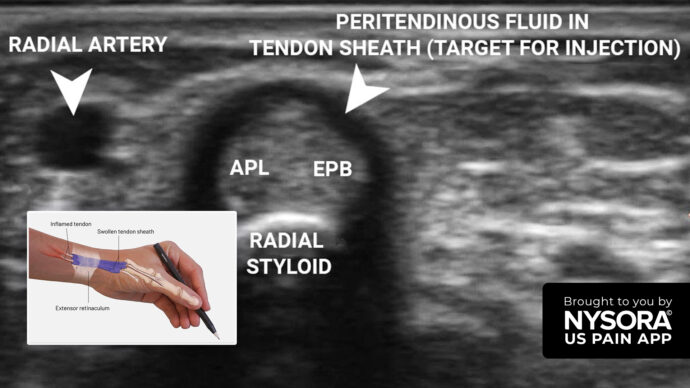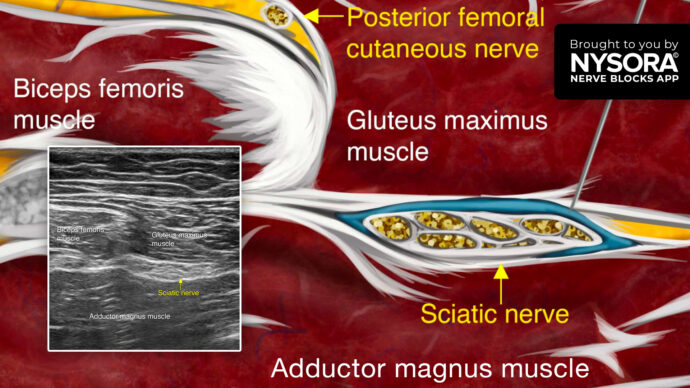
Mastery of gastric ultrasound – Identifying intraluminal fluid content
In our last post we taught you how to identify fluid content inside the stomach. Fluid content however may be the result of endo- or exogenous factors.
Let’s quickly recap our case from the last post:
A 40-year-old man with a wrist fracture presented after having a drink 3 hours prior to his admission. You performed a gastric ultrasound since you are dealing with emergency surgery and you visualized fluid content:

Ultrasound and Reverse Ultrasound Anatomy of a stomach with fluid content
Endoluminal gastric content can be caused by numerous factors such as delayed gastric emptying by stress or opioids, non compliance, gastric secretions, etc.
The following tutorial will teach you how to differentiate a low from a high risk stomach.
For fluid content, the cross-sectional area (CSA) of the antrum should be measured in the lateral decubitus position to assess the risk of aspiration. This is done by tracing the outer layer of the antrum or the serosa.

Cross-sectional area of the antrum.
By using the CSA and the age of the patient, the volume can be estimated using this formula:
Gastric volume = 27.0 + (14.6) x (CSA of antrum in right lateral decubitus position) – 1.28 x age
- If the fluid content is >1.5 mL/kg, the stomach is considered full and thus high risk.
- Fluid content <1.5 mL/kg is compatible with a fasting state and thus low risk.
Transform your practice with the power of POCUS using NYSORA’s POCUS App. Enhance your skills, broaden your diagnostic capabilities, and provide outstanding patient care. Experience the difference today – Download the app HERE.




